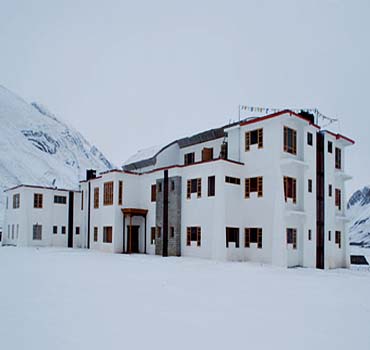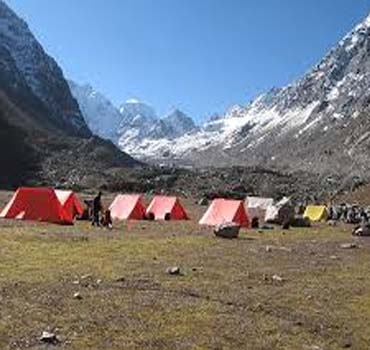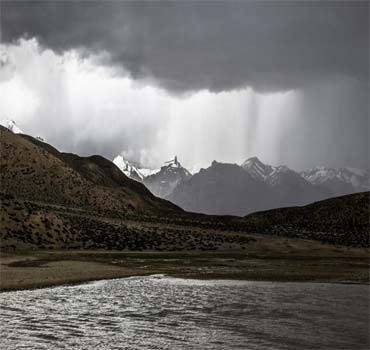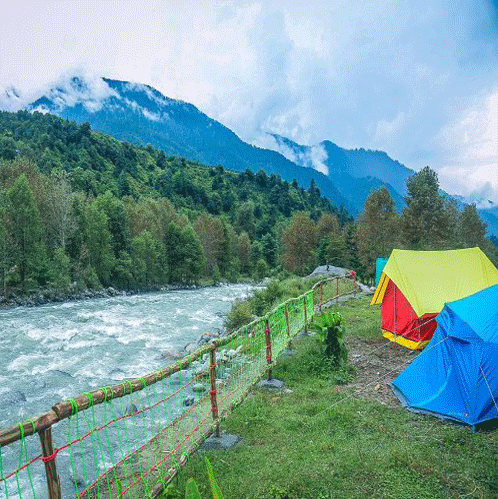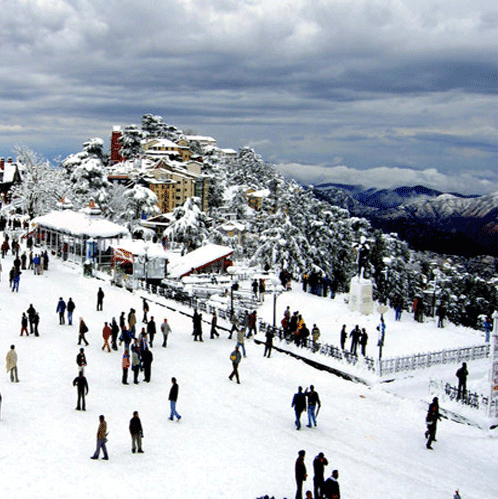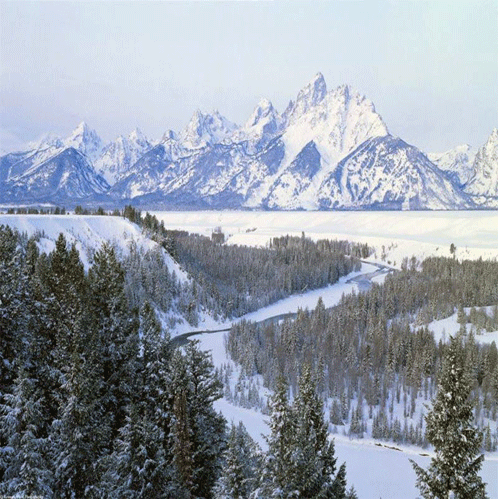Long winding roads and picturesque valleys presenting glimpses of cold deserts and snow-crowned mountains, with intermittent leafage and picture-perfect villages welcome you after you set foot into Spiti Valley. Sea girt on all sides by the chain of mountains, Spiti Valley, set in Himachal Pradesh, has associatealtitude of 12,500 feet higher than water level, and gets around 250 days of sunshine within the year, creating it one in all the coldest places within the country. With the thick mountain chain snow cutting Spiti far from the remainder of the country for around half-dozen months a year, the summer months are the sole time Spiti is directly accessible via state highway.
The term Spiti refers that 'The Middle Land', and therefore the place is extremely firstly named, as Spiti Valley separates India from Xizang. Barely inhabited, Spiti is associate journey lover's paradise, with the famous Spiti trek attracting thousands of journey enthusiasts per annum. There are several trekking trails in Spiti that tourists will select from. All of those treks begin from Kaza (Spiti capital, wherever you create your base camp), to varied peaks from wherever you'll be able to get wide views of the mountain chain mountains. An easy 1.5-kilometre trek on the Spiti stream from Dhankar cloister to Dhankar Lake guarantees attractive views of the villages below, and therefore the Dhankar Lake itself could be a place wherever you'll be able to sit back and relax amidst the cool mountain air.
Mountain transportation can be a common tourer attraction from Kibber to Chichum. To avoid the long climbing path between 2 villages completely designed by the locals, this transport operates manually, and offers a remarkable view of the top, as well the bird's eye view of attractive Peaks.
History of Spiti Valley
Buddhism arrived in Lahaul and Spiti throughout the eighth century AD with the Indian missionary Padmasambhava. By the tenth century, higher Lahaul, Spiti and Zanskar had been incorporated into the huge Guge kingdom of western Tibet. The RingchenZangpo, based a series of centers of Buddhist learning on the Spiti Valley, together with Tabo, one amongst the foremost outstanding Buddhist monasteries in North Asian country.
After the kings of Ladakh were defeated by Mongol-Tibetan armies within the eighteenth century, the region was divided by the encircling powers. Lower Lahaul fell to the kings of Chamba, higher Lahaul came underneath the sway of the kings of Kullu and geographically isolated Spiti became a part of Ladakh. In 1847 Ladakh and Spiti were conquered by the Dogra Kings of geographic region, and Kullu and Lahaul came underneath British administration as a subdivision of the dominion of Kangra; Spiti was value-added 2years later. Despite the amendment of regimes, the region maintained sturdy links with Tibet right up till the Chinese occupation in 1949.Since then, there has been a significant advance within the cultural and spiritual lifetime of Spiti, motor-assisted by the work of the Tibetan government in exile in Dharamsala. The Gompas of Lahaul and Spiti square measure being restored and cash from business enterprise and electricity is up living conditions for the farming communities World Health Organization get snowed in here every winter.












